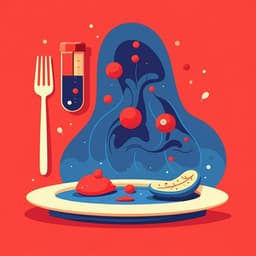
Food Science and Technology
Naked Clams to open a new sector in sustainable nutritious food production
D. F. Willer, D. C. Aldridge, et al.
Discover how 'Naked Clams', unique bivalves that transform wood into nutrient-rich protein, could revolutionize sustainable food sources. This groundbreaking research by David F. Willer, David C. Aldridge, and colleagues unveils the first aquaculture pilot system for these clams, highlighting their impressive nutritional profile and the potential of microencapsulated feeds to enhance essential fatty acids.
Playback language: English
Related Publications
Explore these studies to deepen your understanding of the subject.







